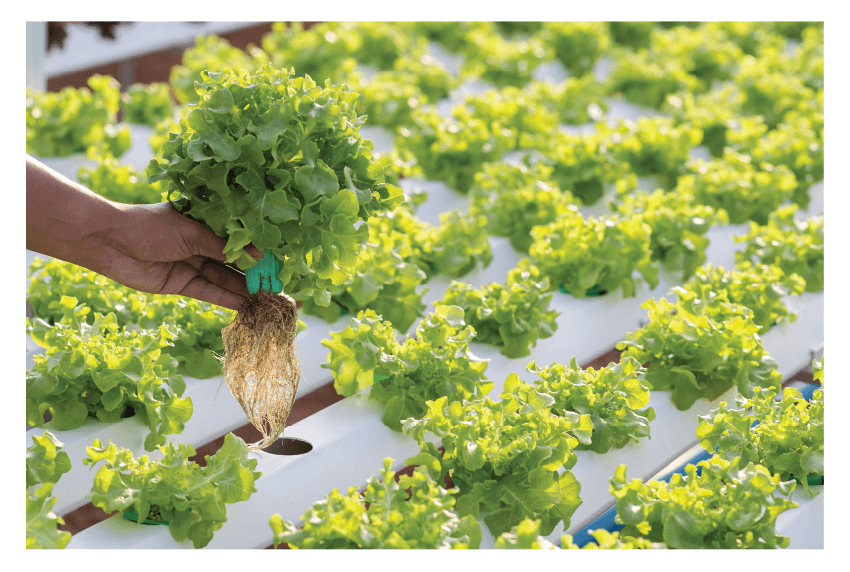The North Market Hydroponic Farm
In the parking lot of the North Market grocery store in Minneapolis, you'll see a large metal freight container. This freight container has been converted into a hydroponic farm, which provides North Market with fresh herbs and greens all year long!
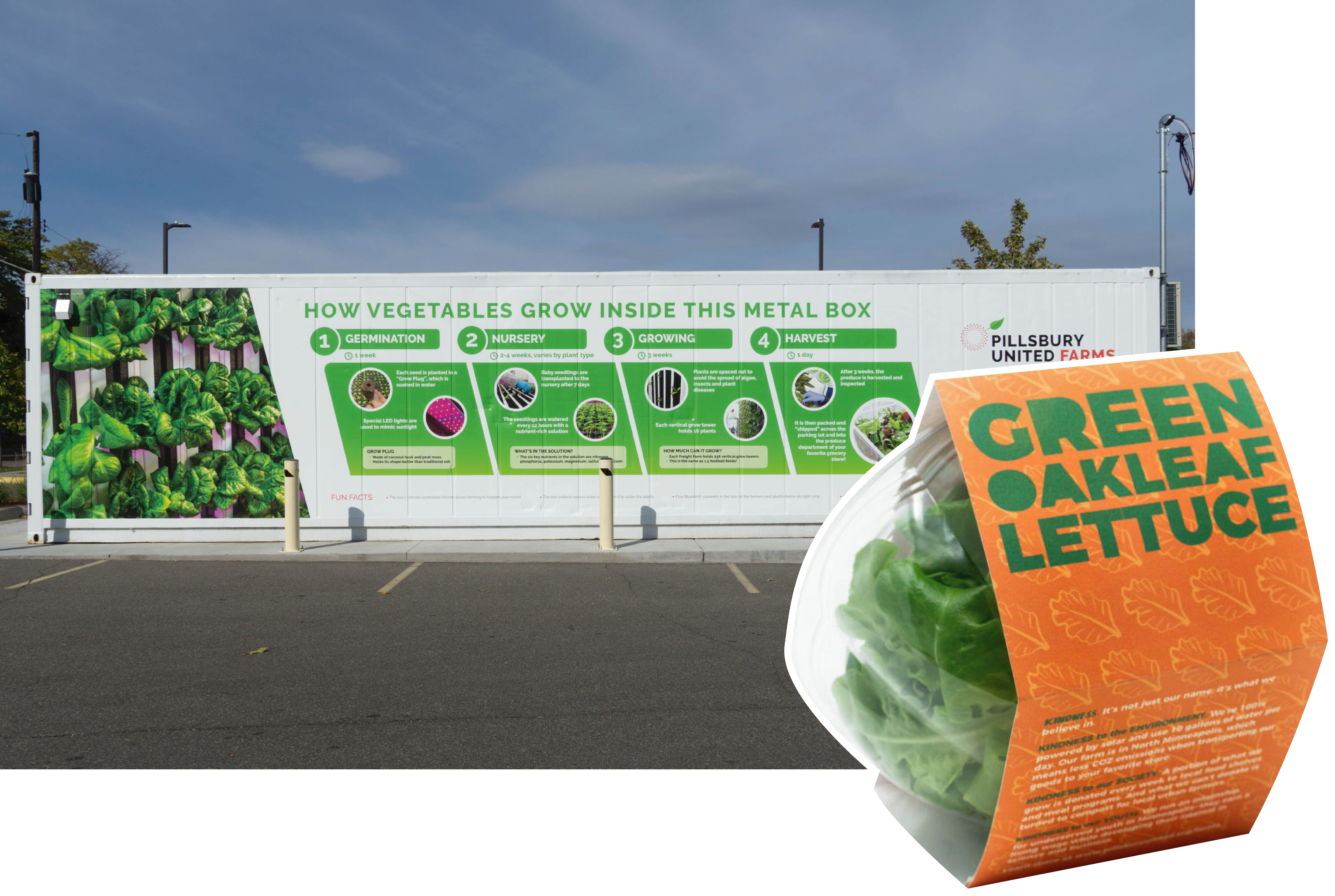
Let's take a look at how a seed grown hydroponically ends up in the produce aisle of the grocery store.
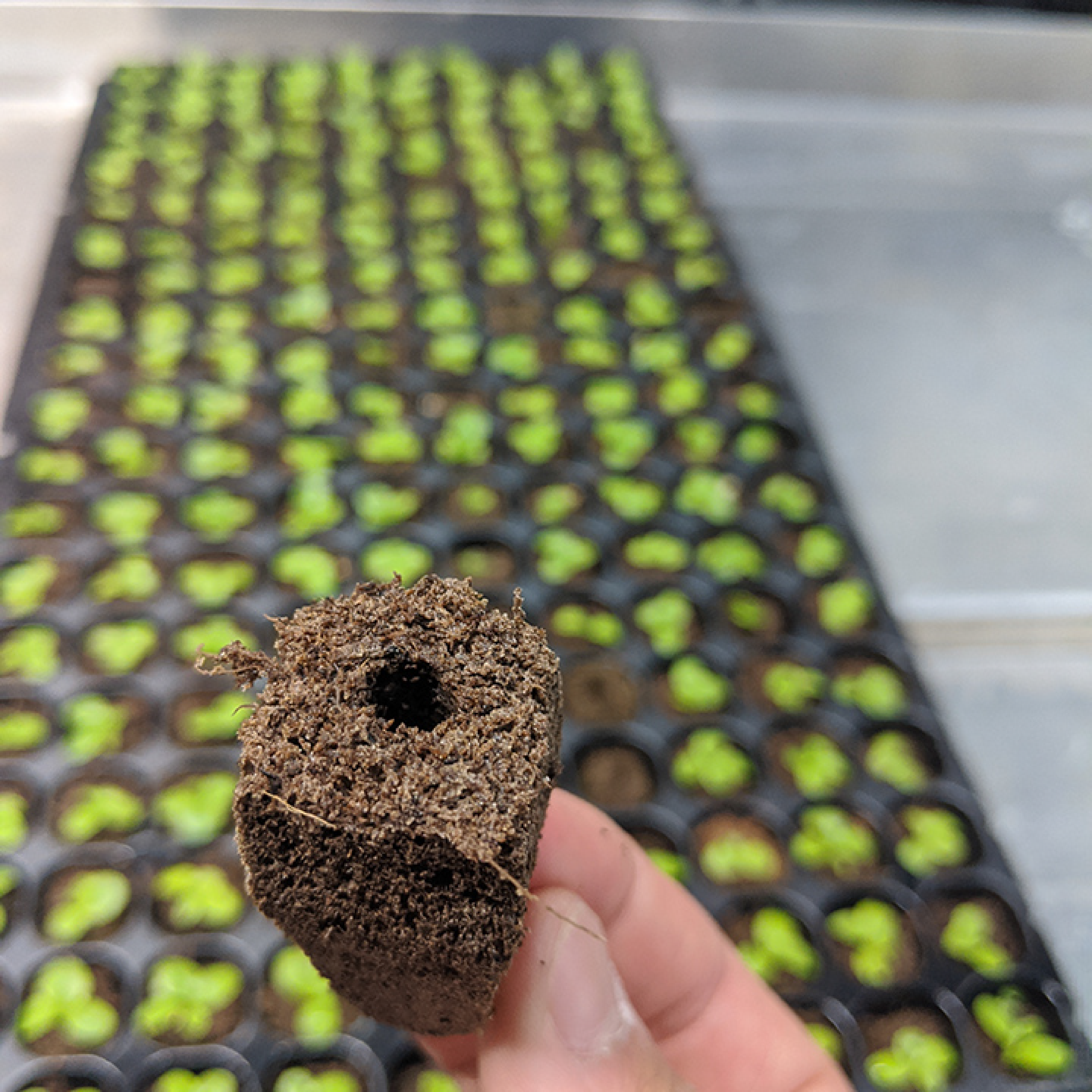
Step 1
The first step is germination. A seed is planted in a "grow plug" made from peat moss and coconut husk. It is placed under a grow light for 7 days until the seed begins to sprout.
Step 2
Next, the sprouting seed is moved to a table where it is watered every 12 hours with a nutrient-rich solution that helps the seedling grow strong roots and stay disease free. The seedling continues to get 19 hours of light, and grows for another 2-3 weeks.
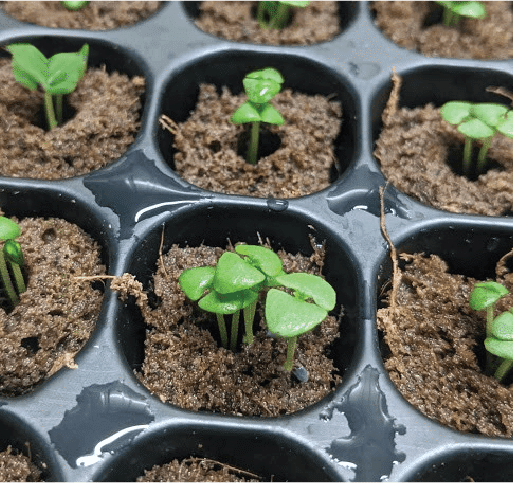
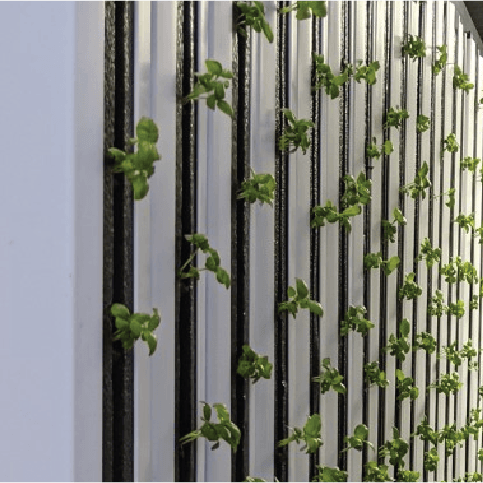
Step 3
Once the seedling has properly matured, it is transplanted into a grow tower, which takes up the majority of space in the on-site farm. There are 256 grow towers in the freight farm, which equals about 2-3 acres of field space.
Step 4
After 3 weeks in the grow tower, it is time to harvest. The plant is harvested with a special knife. Ideally, when one plant is harvested, another plant is ready to take its place in the grow tower, ensuring a steady supply of fresh produce. Once harvested and inspected, the produce is packed and sent across the parking lot for shoppers like you and me to purchase and enjoy!
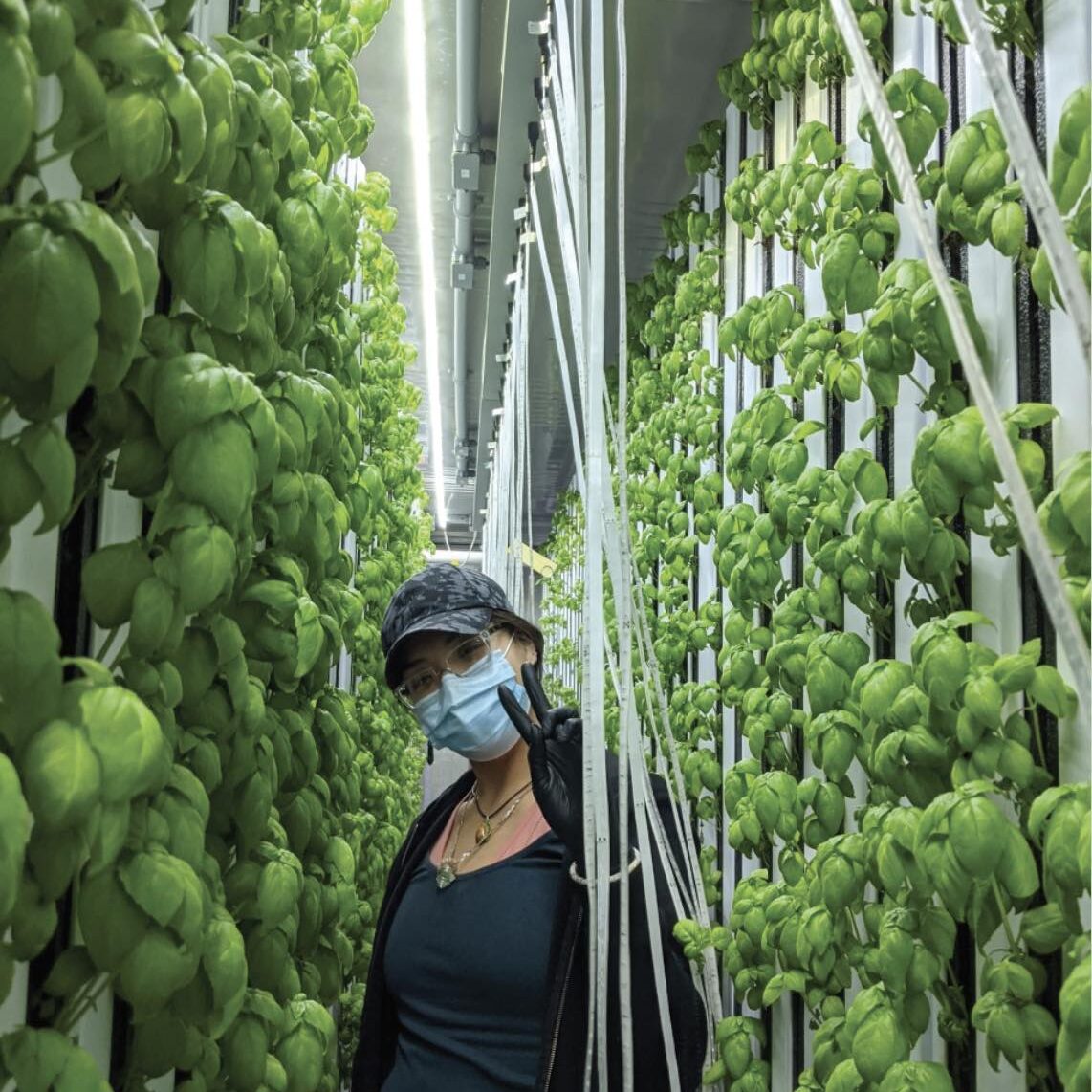
On-site hydroponic farms bring a whole new meaning to the terms farm fresh and locally grown. It doesn’t get more local and fresh than produce that is grown mere feet away from the grocery store where it is sold!
Content and photos courtesy of Pillsbury United Farms
Plant Comparison
Let's compare a lettuce plant that has been growing hydroponically to a lettuce plant that has been growing in soil. What is different about how these plants are grown? How might these production practices impact the environment differently? Do you think the lettuce would look or taste different?

